The Independent State of Papua New Guinea, referred to as PNG
There are two theories about the origin of the name "Papua": One theory is that in 1526, the Portuguese Maneses sailed from Malacca to the Moluccas Islands, but the sea breeze blew the ship to an unnamed place, and people called this land "Papua". Derived from the Malay word "tanah pepuah", which means "land of curly-haired people". Another theory is that when the early Portuguese arrived here, they asked the local residents what the place was called, and the answer was "Papua", so they used the name of the local Papuan race as the place name. The name of the race is derived from the Malay word "papuvah" (curly hair) or "pua-pua" (dark brown), referring to the hair and skin color of the main inhabitants of the island, the Papuans. New Guinea Island, also known as the Island of Irian. Also known as the City of Crocodiles (crocodile farming is extremely developed).

Papua New Guinea, referred to as PNG, is the largest island country in the South Pacific, located in the eastern part of New Guinea, adjacent to Indonesia to the west and Solomon Islands to the east. The south is a plain and lowland, the southeast coastal zone, the central part is the central mountain range, and the north is composed of several separate mountain ranges. It has a rich and unique flora and fauna, with about 6,500 native plants and 380 native birds. There are many races on the island but they do not intermarry, and it is not easy to integrate, resulting in more than 700 languages, making it the country with the most language families in the world. PNG is located between the equator and 10 degrees south latitude, with dense tropical rainforests, volcanic rocks in the north, coastal marshes in the south, and a central plateau with an altitude of 1,200 to 2,500 meters. It is a paradise for growing coffee.
Coffee planting patterns in Papua New Guinea
In 1892, Dutch sailors began to introduce coffee saplings to the Rigo area of Papua New Guinea for reproduction and planting, and this was the official beginning of the history of coffee here. The commercial production of coffee in Papua New Guinea began in the 20th century. Although it started late, its unique volcanic soil, abundant and moderate rainfall, and pristine natural landscape together create an excellent growing place for coffee trees. By 1908, there were already 180 acres of land in Papua New Guinea planted with coffee.
Among them, 95% of the coffee is arabica. The local coffee yield is not large, and most of the coffee is produced on small farms, mainly produced in the small-farm planting model. Many farms are in the deep forest and are almost isolated from the world. The country's coffee is grown on highlands at an altitude of 1300-1800 meters, so the quality is very high. Some small farmers will join local cooperatives to share the raw bean processing equipment of the cooperatives and reduce production costs.
Why is coffee in Papua New Guinea always called "Little Blue Mountain"?
In 1931, Papua New Guinea introduced and planted Typica from Jamaica. It has the same root and blood as the famous Blue Mountain coffee and is the main coffee variety in the local area. The flavor of Typica is elegant, but its constitution is weak, its disease resistance is low, and it is prone to leaf rust. The biggest characteristic of Typica coffee trees is that the top leaves are bronzed, and some people also call it "red-top coffee". The Typica beans are larger, in the shape of a pointed cone or a slender pointed shape, which is different from the round beans of the Bourbon variety. The Typica coffee has its unique quiet and clean flavor, as well as a balanced feature, and the taste cleanliness is high.
What is "Sigri"? Sigri coffee Estate brand was established in 1950 and has been more than 60 years old. It is a pioneer in the local coffee industry.
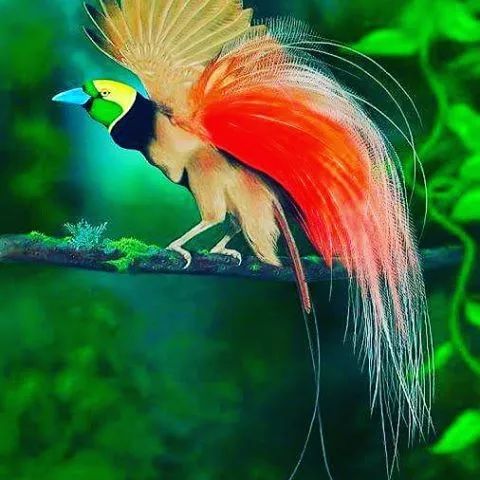
The Western Highlands Province of Papua (Western Highlands) in the Waghi Valley, at an altitude of about 1,500 meters in the high-altitude mountainous area, has a rich volcanic soil with minerals, a cool climate, fertile soil, and abundant rainfall. The Bird of Paradise Estate pays great attention to ecological protection. In order to protect the soil and water sources, the use of pesticides and insecticides is refused, and the ecology and nearby birds are loved. According to current records, there are more than 160 different types of birds in the Wahgi Valley, among which 90 types of birds come to inhabit the Bird of Paradise Estate, including the national symbol of Papua New Guinea - the bird of paradise, which can be described as a real bird paradise. The people of Papua New Guinea see the beautiful bird of paradise as the bird of freedom and happiness, and as "the gift of the gods".
Sigri coffee estate has been adhering to a high-standard planting and processing system for many years. During the harvest season from April to September each year, only fully mature coffee red fruits can be handpicked, so that the acid and sweet in the coffee berries are perfectly balanced. At Sigri coffee estate, cup testing is carried out every day to ensure that the plantation provides customers with the best quality coffee. The front street coffee chooses this Bird of Paradise Estate coffee bean because of its stable production method to ensure the quality of the coffee bean.

The coffee style of Papua New Guinea
Although Papua New Guinea is adjacent to Indonesia, it does not have the "rough" characteristics of Indonesian coffee, but shows balance and cleanliness. If Indonesian Mandheling is an old man with years of precipitation, then Papua New Guinea is a refreshing and elegant beauty.
The coffee in Papua New Guinea is mainly washed, and it has a bright acidity similar to the style of coffee in Central and Latin America. After the coffee farmers harvest the fully ripe coffee berries, they will be sent to the washing plant in the estate for processing. The local washing method in Papua New Guinea is different from the washing method in Central and Latin America. It is fermented and washed three times, each time for about 24 hours, and replace the clean water to control the coffee flavor. This meticulous process not only brings up the rising acidity, but also retains the long-lasting sweetness of the beans themselves.

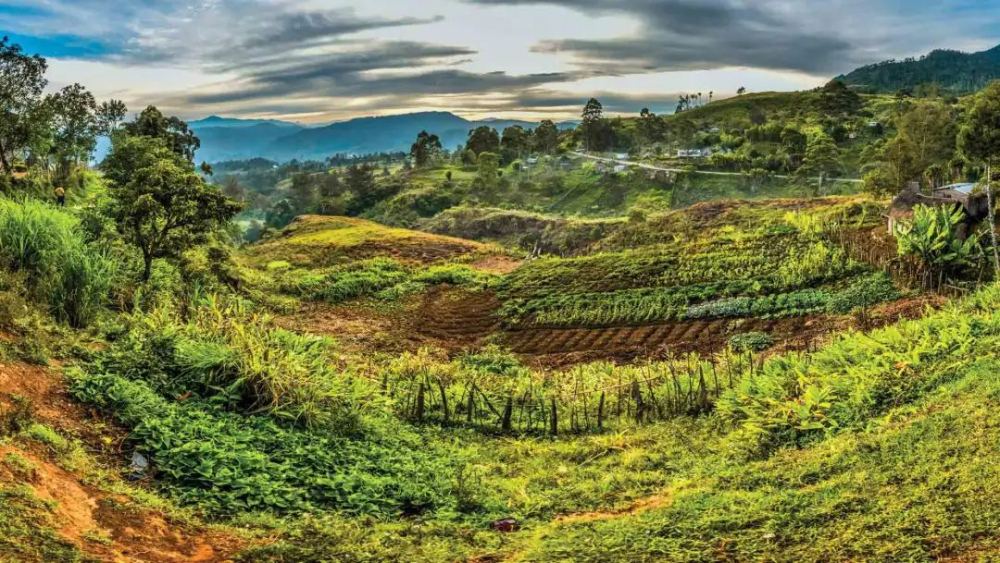
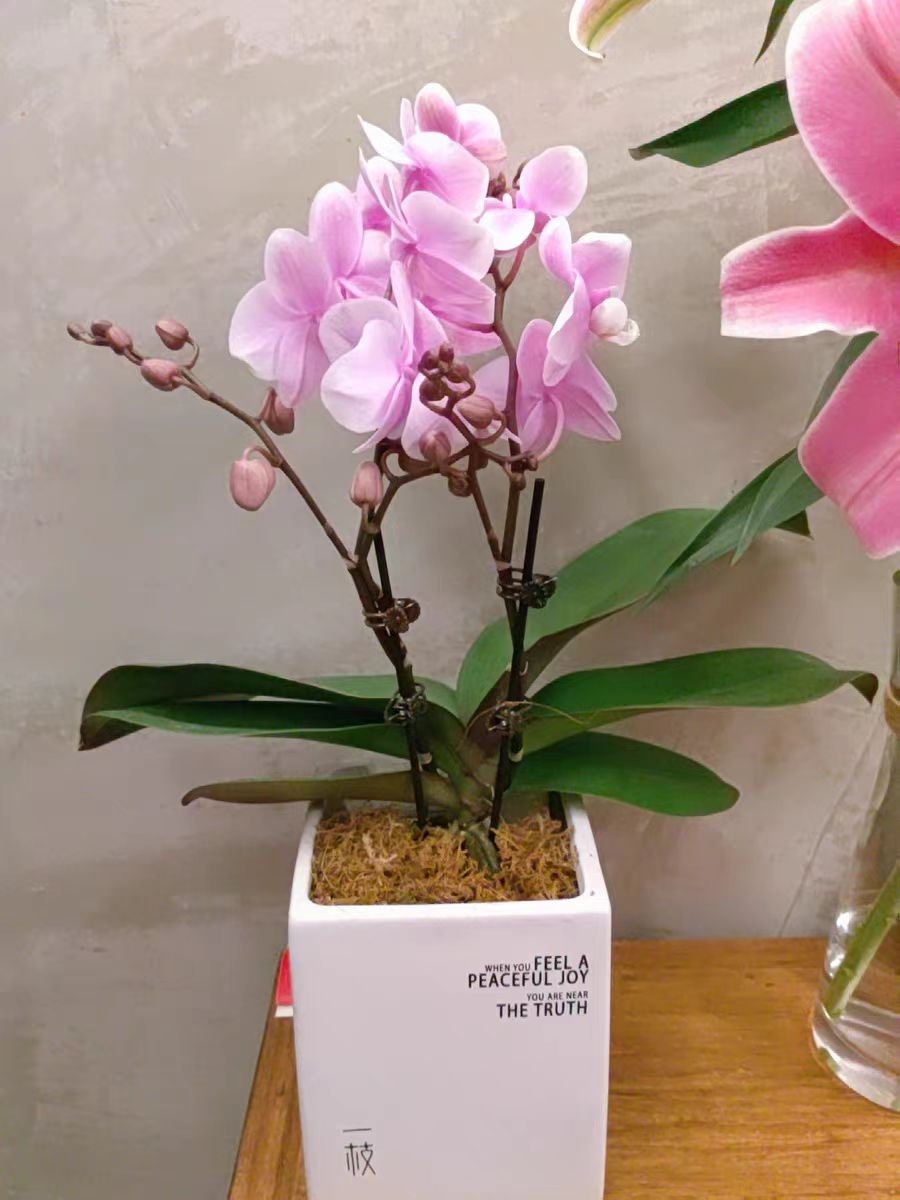
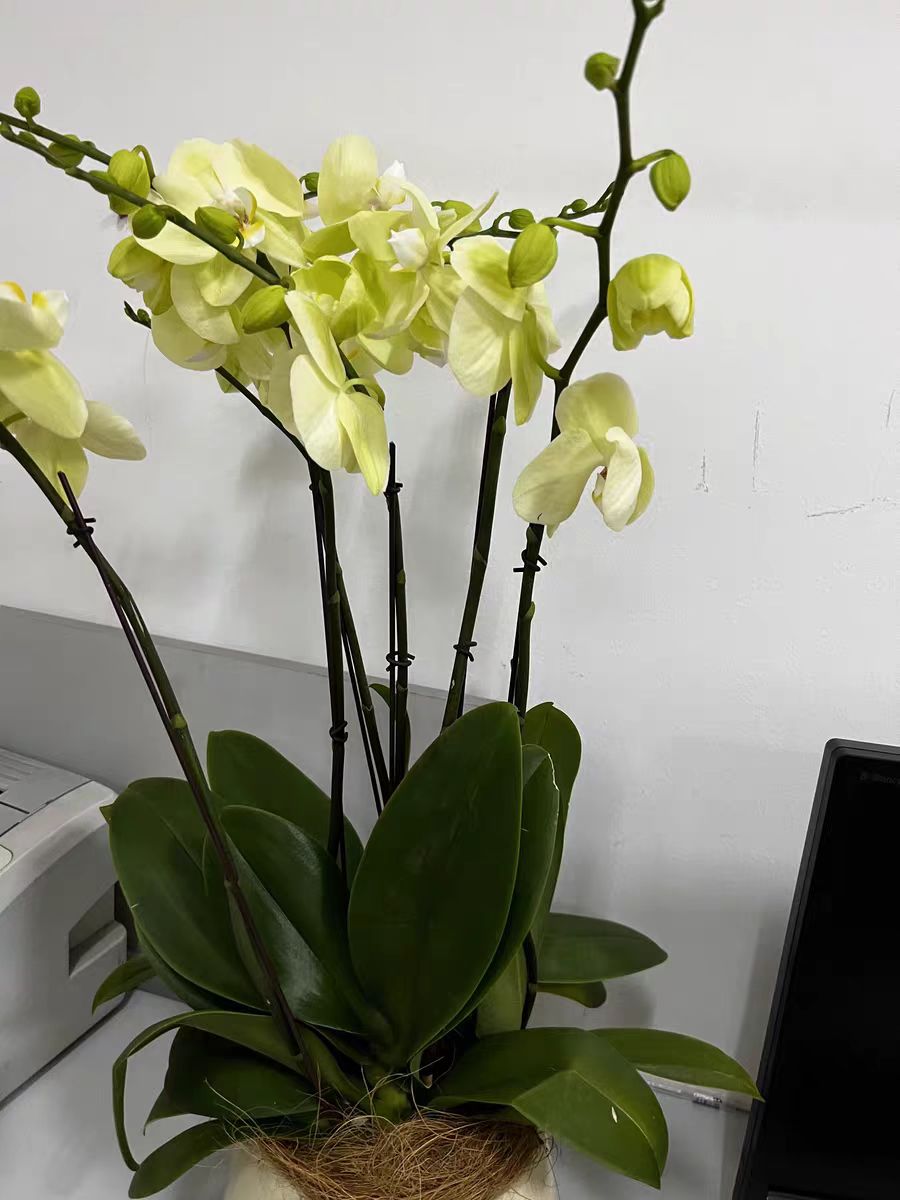
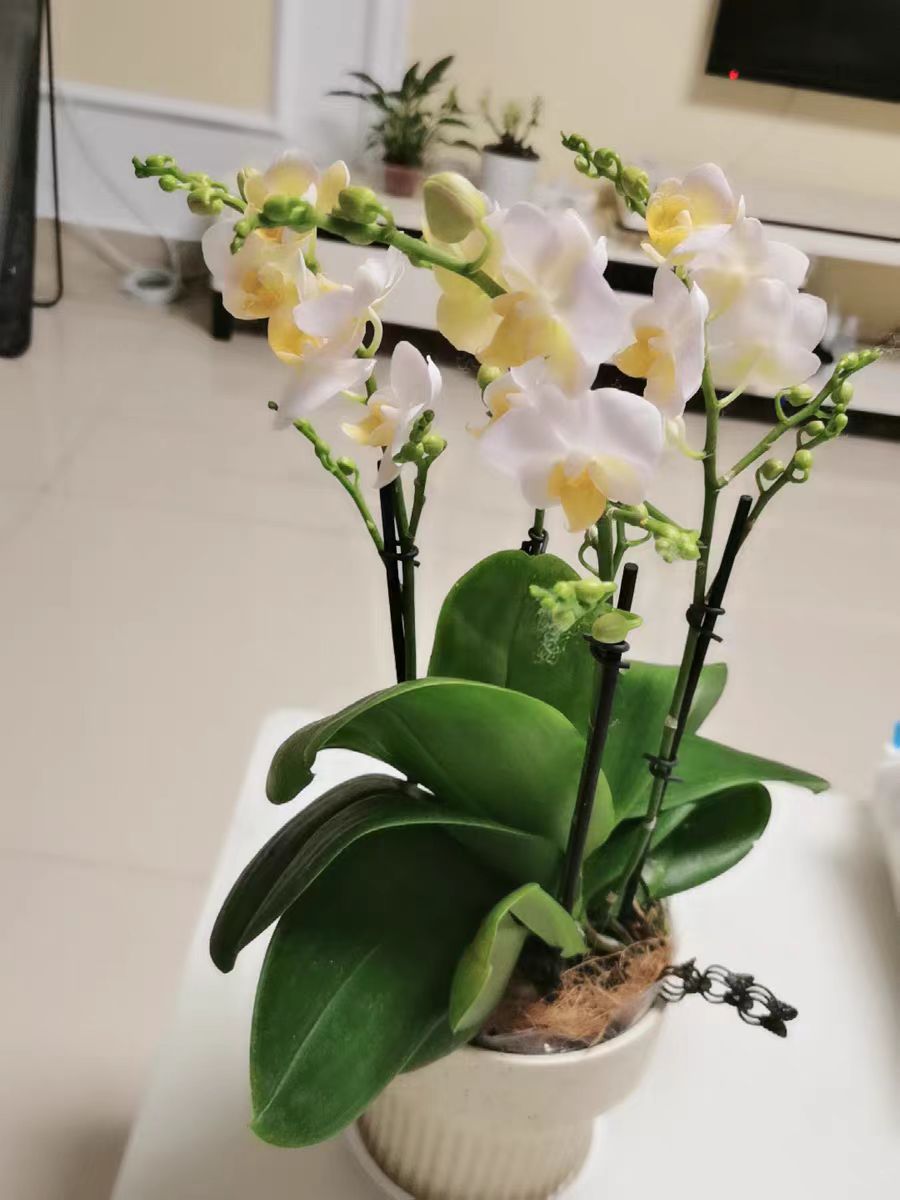
Leave a Reply